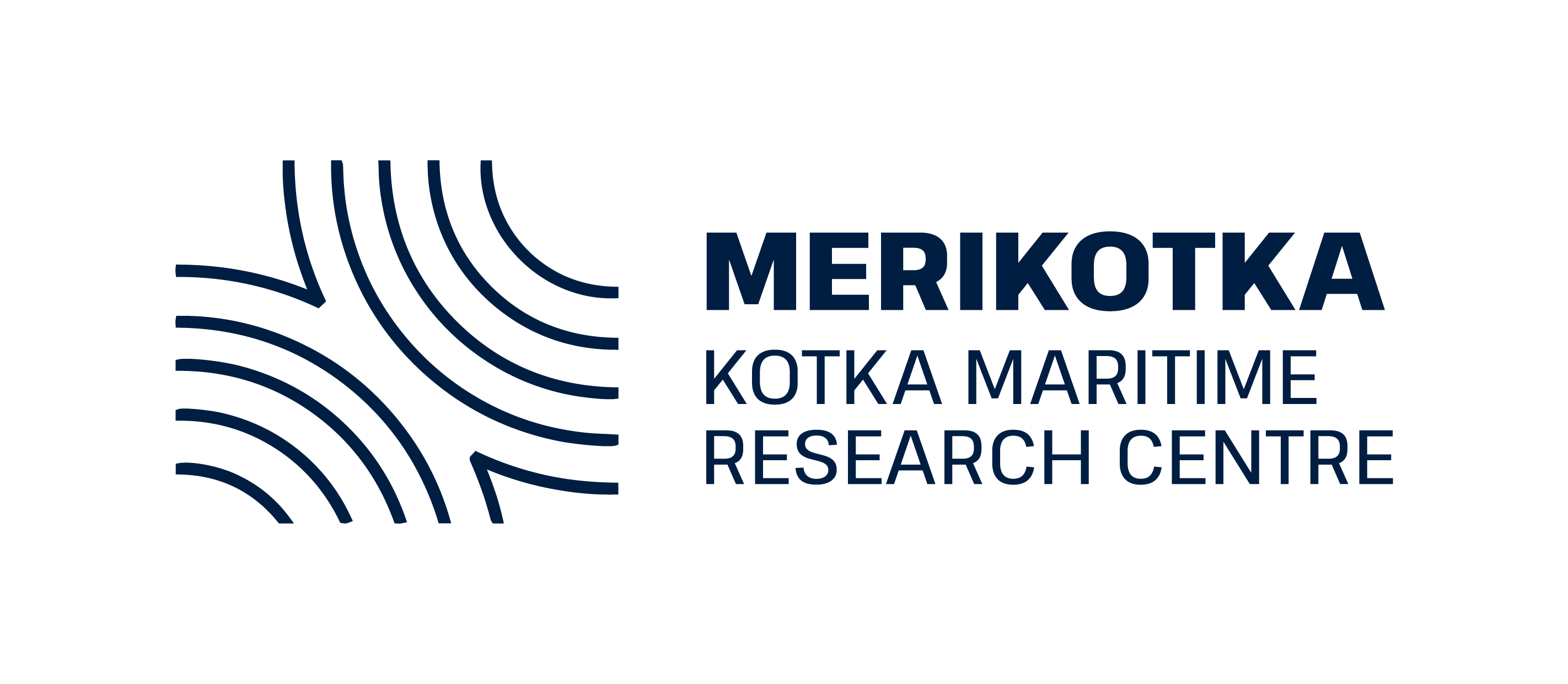Background
The Baltic Sea represents a traffic link of paramount importance for all countries surrounding it. At the same time, the Baltic Sea has a fragile environment, is important for the fisheries industry and represents a unique resource for tourism. The uniqueness and vulnerability of the Baltic Sea is illustrated by its high salinity gradient, its status as an IMO Particularly Sensitive Sea Area (PSSA), and the long water residence time of approx. 30 years. Accidental spills of oil and hazardous and noxious substances (HNS) have the risk of significant impact with negative consequences to the entire Baltic Sea environment and the economy of its surrounding countries.
The risk pattern for pollution of oil and HNS from ship traffic in the Baltic Sea has changed significantly since the last risk analysis study was carried out. The primary changes are a) ship traffic, b) spatial planning at sea, c) lower ship standards, and d) use of Low Sulphur Fuel Oils (LSFO) and other novel fuel types. These changes imply that the national response facilities need to adapt to changed and new requirements. The existing long-term risk analysis BRISK was finalized in 2012 and its validity period ended in 2020. Because of the new challenges to safe ship traffic and the fact that the existing risk study from a formal and practical point of view is outdated, the present preparedness concept is not sufficient to adequately prevent and/or mitigate major disasters for the marine environment as well as for the coastal environment. A major spill of oil or HNS may result in a disaster with consequences not only for the involved countries, but for the entire Baltic Sea region as well as bordering European waters.
Objectives
The project aims to carry out a new strategic long-term risk analysis in the Baltic Sea, as the previous one (BRISK) was finalized in 2012. The project will identify future risks due to changed conditions in the Baltic Sea and analyze them with respect to their causal relations. To the extent possible, these relations will be supported and calibrated by accident statistics or other evidence.
The project’s main objectives are:
- Disaster Risk management support to develop the preparedness to match the changed risk pattern in Baltic Sea; and
- Facilitating dialogue between Baltic Sea EU Member States on enhancing the common preparedness.
Approach
The objectives will be achieved by: modification/application of earlier developed causal methods for modelling traffic, accidents, spills and environmental damage; updated input data; request to response authorities to propose scenarios for analysis; effectiveness and cost-efficiency of scenarios; as well as cooperation among Baltic Sea countries on method, input data and presentation of results facilitates a common culture of risk and prevention.
Project funding
The project is funded by the European Commission’s Directorate-General for European Civil Protection and Humanitarian Aid Operations (DG ECHO). The total budget is €1,087,397. The project is two years long and will be implemented from January 1, 2025, to December 31, 2026.
Project consortium
Kotka Maritime Research Association (Coordinator)
The Baltic Marine Environment Protection Commission (HELCOM)
Danish Ministry of Defence
Swedish Coast Guard
Finnish Border Guard


